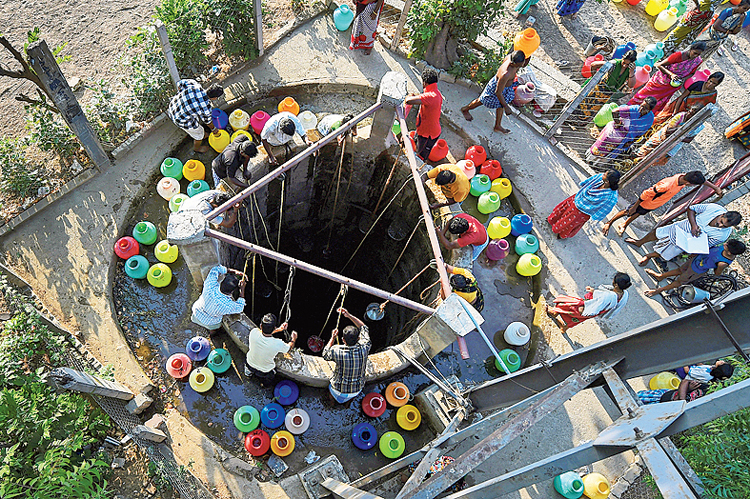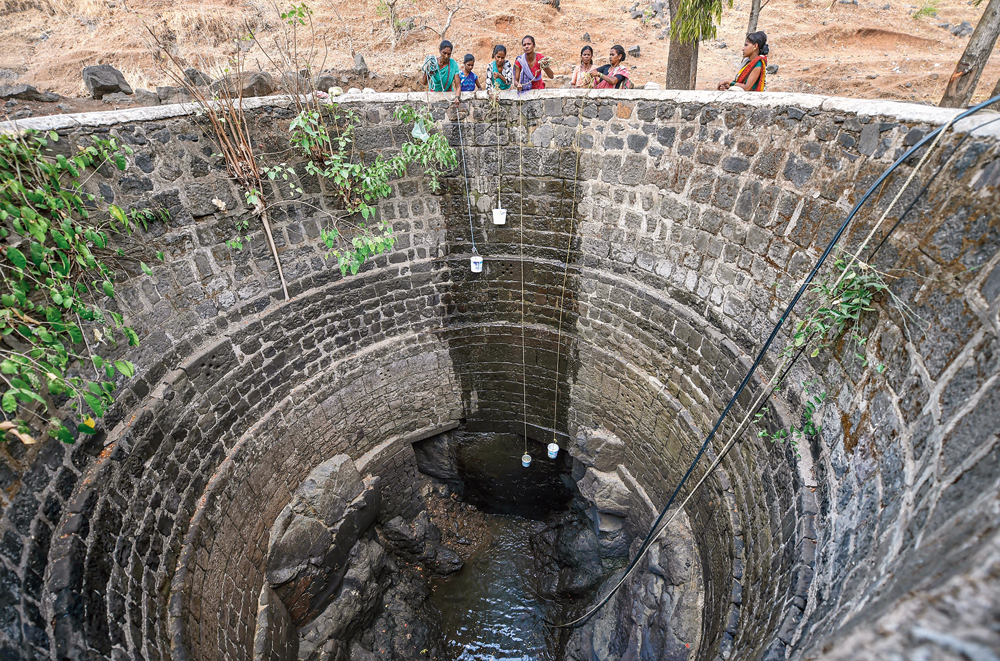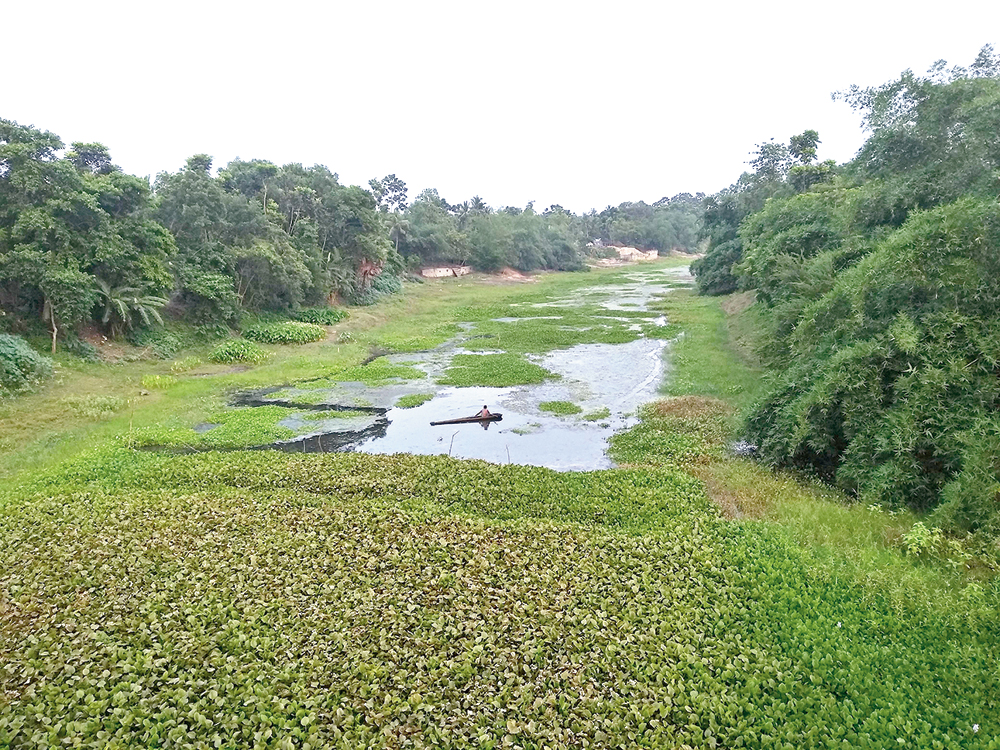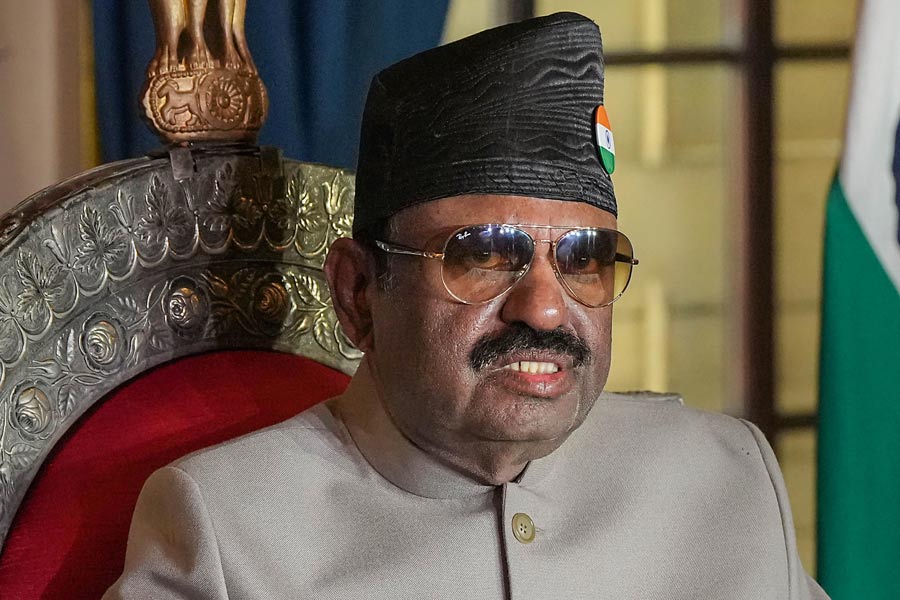India is in a drought situation, the worst in decades. Maharashtra is reeling, so are Bihar, Madhya Pradesh, Gujarat, Rajasthan, Odisha, Andhra Pradesh and Telangana. Even Jammu experienced heat waves. There is no one reason. Delayed monsoons. Geographies receiving scarce rainfall in the run-up to the monsoons — according to the India Meteorological Department, there is a 44 per cent deficit. The machinations of Cyclone Vayu. Add to that the rising demand for water, depleting groundwater levels, mismanagement of existing resources… And then there is the heat spell. Churu in Rajasthan recorded 51°C. Kota recorded 47.3°C. Narnaul in Haryana and Banda in Uttar Pradesh hovered around 47°C. Delhi recorded its highest ever June temperature — 48°C. In the Chennai region, extreme dryness depleted four major reservoirs, sucking out the life and livelihood of thousands. Within the first week of June, 73 spells of heat wave were reported in India, 11 of them severe. In Bihar, over 100 people died; although local media says the actual figure is higher.

Only a lucky few get their containers filled after a draw of lots at a community well in Eswari Nagar near Chennai Picture by PTI
The worst-hit districts are Aurangabad, Gaya and Nawada. Wells and hand pumps have run dry. Section 144 of the Code of Criminal Procedure, that prohibits an assembly of more than four persons in a public space, has been imposed in six districts to avoid more death by heat. In May, the Central Water Commission issued a drought advisory to Maharashtra, Gujarat, Karnataka, Andhra, Telangana and Tamil Nadu. Eighty per cent districts in Karnataka and 72 per cent in Maharashtra have been affected by water famine and crop failure. In Maharashtra, the demand for water tankers has shot up. No guesses why the Marathwada region, constituting 1,467 villages, is referred to as Tankerwada. Thirty five major dams in the state are running dry. With a drinking water crisis in many places, more and more people are succumbing to dehydration, heat stroke, heat anxiety and gastrointestinal disease from contaminated water. Prolonged blistering heat has devastated crops. In Beed, one of the worst-affected districts of Maharashtra, farmers have moved to relief camps, which are also providing fodder and water to keep cattle alive. The village of Hatkarwadi is near deserted. In the midst of it all, the newly appointed Jal Shakti or water minister Gajendra Shekhawat assumed office and let it be known that India has enough water. He said: “The entire panic… is only a hype created by people in the media.” But on Thursday the sluggish monsoons hit south Konkan and Kolhapur. Some clouds are the silver lining.











